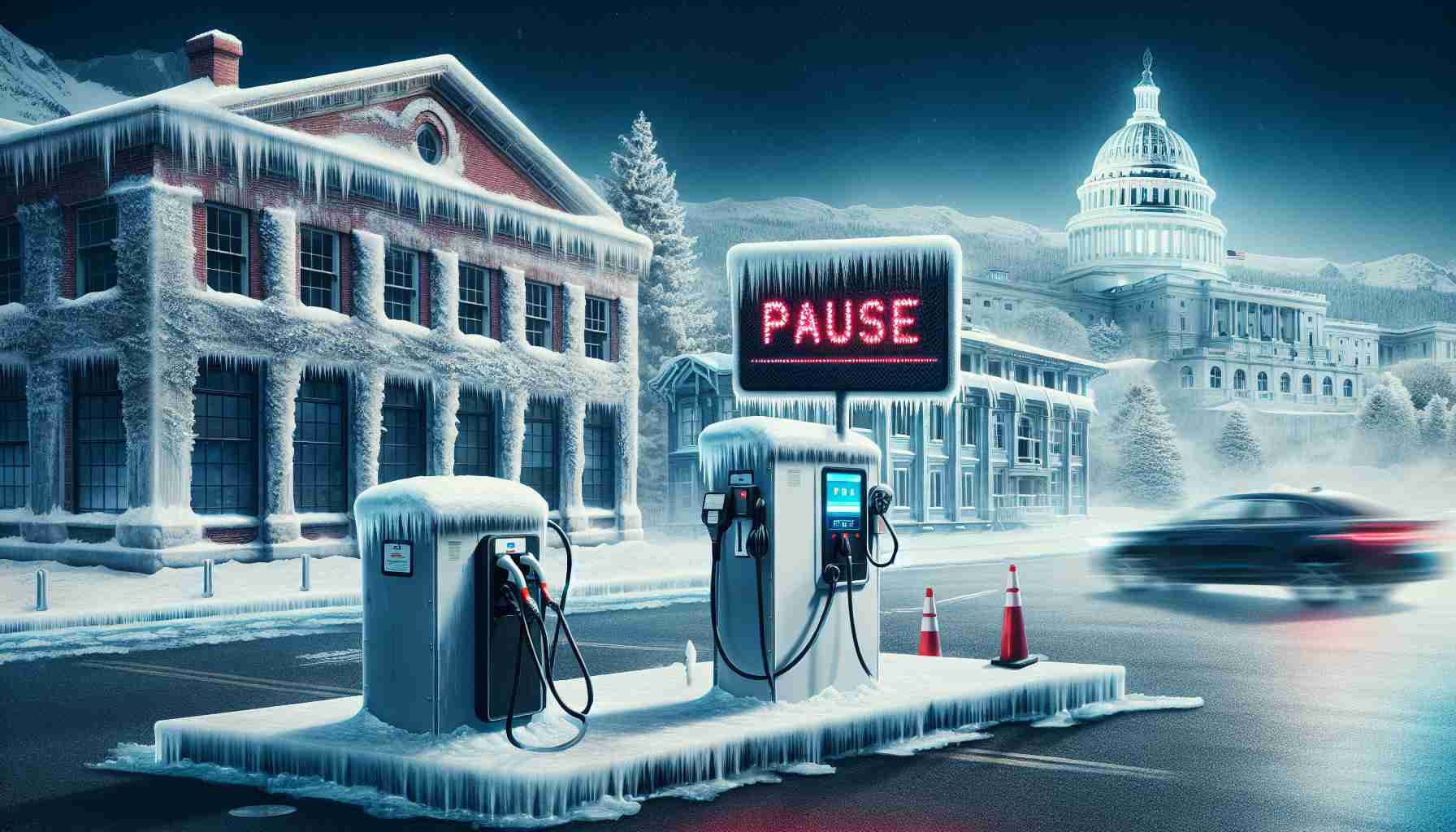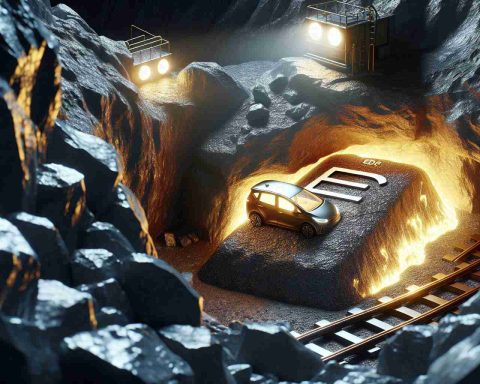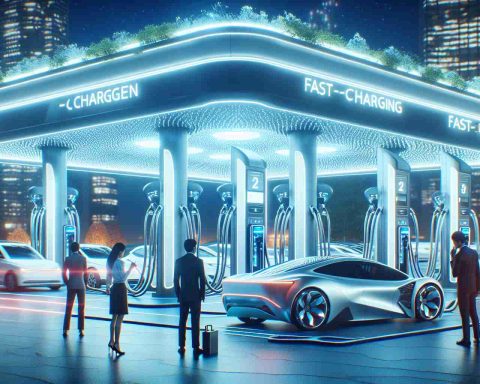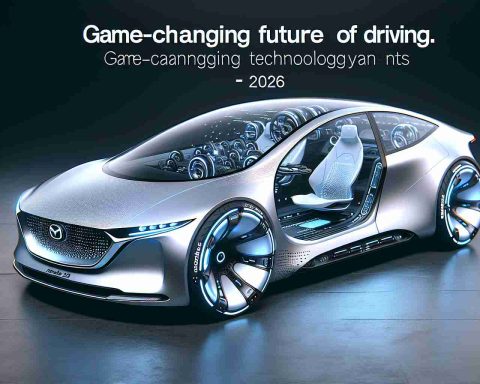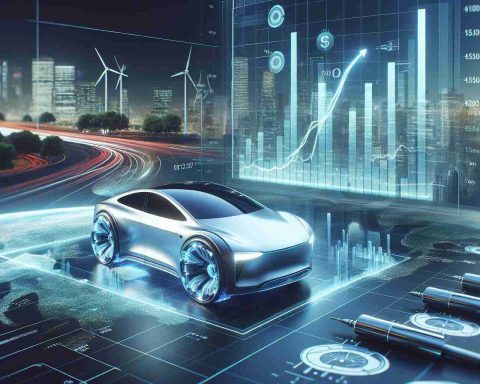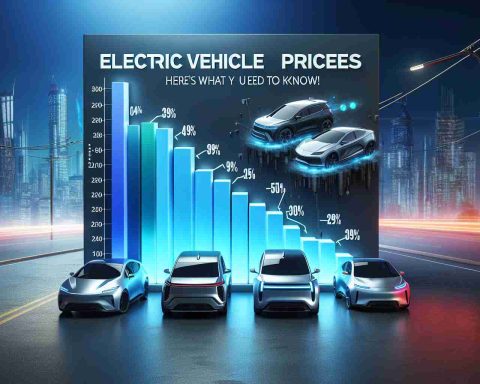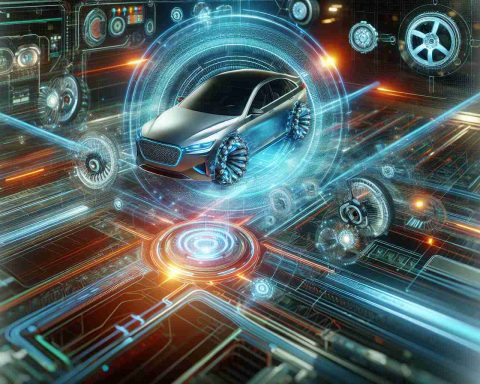- The White House has paused funding for electric vehicle (EV) infrastructure, impacting plans in Washington and Oregon.
- The NEVI program initially promised $5 billion, with $123 million allocated to the Pacific Northwest: $52 million for Oregon and $71 million for Washington.
- Both states had ambitious plans to expand EV chargers on major highways, which are now delayed due to the funding pause.
- The Federal Highway Administration’s suspension leaves state transport departments and grant applicants in a state of uncertainty.
- A review of the program’s policy framework is underway, with new guidelines expected in spring.
- A limited fund of $10 million remains available for charger maintenance and replacement.
- This situation highlights the impact of federal decisions on state sustainability initiatives and the future of EV accessibility in the region.
Drive down the highways of Washington and Oregon, and you might soon notice fewer electric vehicle chargers than planned. The White House recently paused funding for crucial EV infrastructure in a surprising move that has left states scrambling. Originally, the National Electric Vehicle Infrastructure (NEVI) program promised $5 billion to boost charger networks nationwide. For the Pacific Northwest, this meant a substantial $123 million: $52 million for Oregon and $71 million for Washington.
Oregon’s ambitious plans to dot U.S. Highway 97 and several interstates with chargers hit a bump when the Federal Highway Administration suspended its funding plans. Similarly, Washington had been gearing up to electrify its highways, with no less than Interstate 5 in its crosshairs, but those aspirations now hang in the balance. State transport departments are left in limbo, as the federal government reconsiders the program’s policy framework.
The halt affects not just the states but aspiring grant applicants in Washington, where businesses and nonprofits eagerly awaited funding. Their hopes are now on hold until new guidance arrives come spring. Not all funding streams have dried up, though; a modest $10 million still flows for charger upkeep and replacement. Yet, much hangs on the federal review, with larger sums caught up in a bureaucratic freeze.
As government officials untangle these fiscal knots, the vision of a fully charged highway network dims. For now, the future of electric vehicle accessibility in the region remains uncertain but keenly watched. This unfolding saga underscores a stark reality: federal shifts can ripple rapidly through state-level dreams, leaving sustainable ambitions in wait.
Shocking Halt to EV Charger Expansion: What It Means for the Pacific Northwest
What Led to the Suspension of Federal EV Funding?
The Federal Highway Administration’s decision to pause funding for electric vehicle (EV) infrastructure primarily stems from the need to reassess the National Electric Vehicle Infrastructure (NEVI) program’s policy framework. While the rationale for the suspension remains partially undisclosed, it is likely linked to budget reevaluations and the desire to optimize fund allocation. The affected states, Washington and Oregon, now face significant delays in their EV infrastructure projects.
How Does This Impact the Pacific Northwest?
# Prospects and Concerns:
– Economic Disruption: The temporary halt potentially impacts job creation and economic growth within the region, which broadens beyond just the immediate construction of chargers.
– Environmental Ripple Effect: Delays in infrastructure expansion may slow down EV adoption, hampering efforts to reduce carbon emissions.
– Business and Nonprofit Impact: Many aspiring grant applicants in Washington’s private and nonprofit sectors face uncertainty, stalling several planned initiatives aimed at enhancing EV access.
Current and Future Funding Scenarios
# Existing Streams:
Despite the suspension, $10 million remains available for the maintenance and replacement of existing EV chargers. This ensures that current users have operational facilities, but it does not alleviate the gap caused by halted expansions.
# Looking Forward:
Pending the federal review set to complete in spring, states and organizations can prepare to adapt to the newly outlined policies. Proactive planning and collaboration with federal entities may help in swiftly advancing once funds flow.
Predictions and Trends
# Analyzing the Future:
– Shift in Policy: The upcoming policy framework could redefine how states distribute and utilize the allocated funds to maximize infrastructure development.
– Increased Collaboration: Anticipate more public-private partnerships aiming to share the responsibility of building out EV networks.
– Alternative Solutions: Look for innovative solutions like mobile charging units or temporary subsidies to bridge the gap in accessibility.
What Alternatives Exist for Achieving EV Sustainability in the Pacific Northwest?
Given the uncertainty, stakeholders may consider the following:
– Local Initiatives: States could use state funds or partner with local governments to initiate smaller-scale projects.
– Private Sector Engagement: Tapping into private investments can accelerate infrastructure development outside federal programs.
– Technological Innovations: Exploring cutting-edge technologies like faster chargers or energy storage options could enhance future infrastructure resilience.
Conclusion
The suspension of federal funding, while temporary, highlights the complexities of national and state interactions in progressing toward sustainable transportation goals. Stakeholders are urged to remain vigilant and innovative as new guidelines are unveiled.
Explore More
For more insights and continuously updated information on electric vehicles and infrastructure, you can visit White House and US Department of Transportation. These domains provide key policy updates and announcements impacting the EV landscape.
